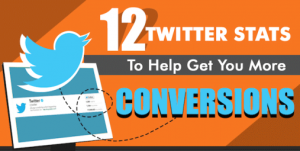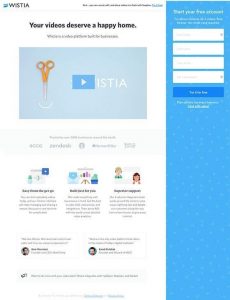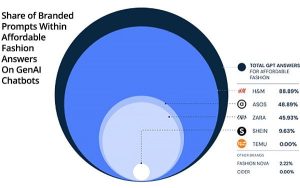Adobe: Weather Could Result In More Spending Than Cyber Monday
Weather influences a lot — from the way people dress and what they purchase to where and when they travel. It also boosts online spending.
For marketers, capitalizing on weather can yield returns comparable to big online shopping days such as Black Friday or Cyber Monday.
Most of the year I live in Wyoming, but spend time in California. During the months from October through April I keep a close eye on the weather between the two states, especially when I drive.
Adobe and The Weather Company this week released the 2023 Digital Economy Index that found rain, wind, and snow drive more than $12.4 billion in annual online spending.
Putting the numbers in perspective, weather events could result in more consumer spending than Cyber Monday, which at $11.3 billion was the biggest online shopping day of last year.
Of the $13.5 billion spending total expected in 2023, rain will contribute the most at $8.7 billion, followed by wind at $4.4 billion and snow at $250 million. Each weather event impacts shoppers in different ways.
Consumers react more strongly to rain on weekends when its effect on shopping is twice as strong. Wind speeds between 15 and 20 mph are the “sweet spot” for online shopping. Conditions with wind speeds of more than 30 mph have a negative impact on spending.
Growing up in Huntington Beach, California, I rarely had to consider snowfall unless I went skiing. That changed five years ago when I made Western Wyoming my primary residence. Now I own five down coats and jackets, up from zero. I traded my flip-flops for tennis shoes and short-sleeved shirts and tank tops for long-sleeved shirts and sweatshirts.
The area where I now live gets between 10 and 30 feet of snow per year. The flurries begin around Halloween and do not stop, typically, until sometime in April when the snow turns to rain.
Snowfall’s impact on online shopping varies from location to location. In cities such as Austin and Charlotte, where snow totals are low — less than 20 inches per year — even minor snowfall becomes a distracting event. Ecommerce activity begins to drop after the first inch of snow. If snowfall hits 10 inches in these cities, online shopping falls by nearly 30%, according to the report.
In cities where snowfall is more common, such as New York City and Seattle, snow pushes consumers to take precautions and many stay home, boosting ecommerce as a result. Snowfall of between 6 and 8 inches increases online spending by 4% in these locations.
Adobe’s analysis covers more than one trillion visits to U.S. retail sites, 100 million product SKUs, and 18 product categories.
(9)
Report Post



